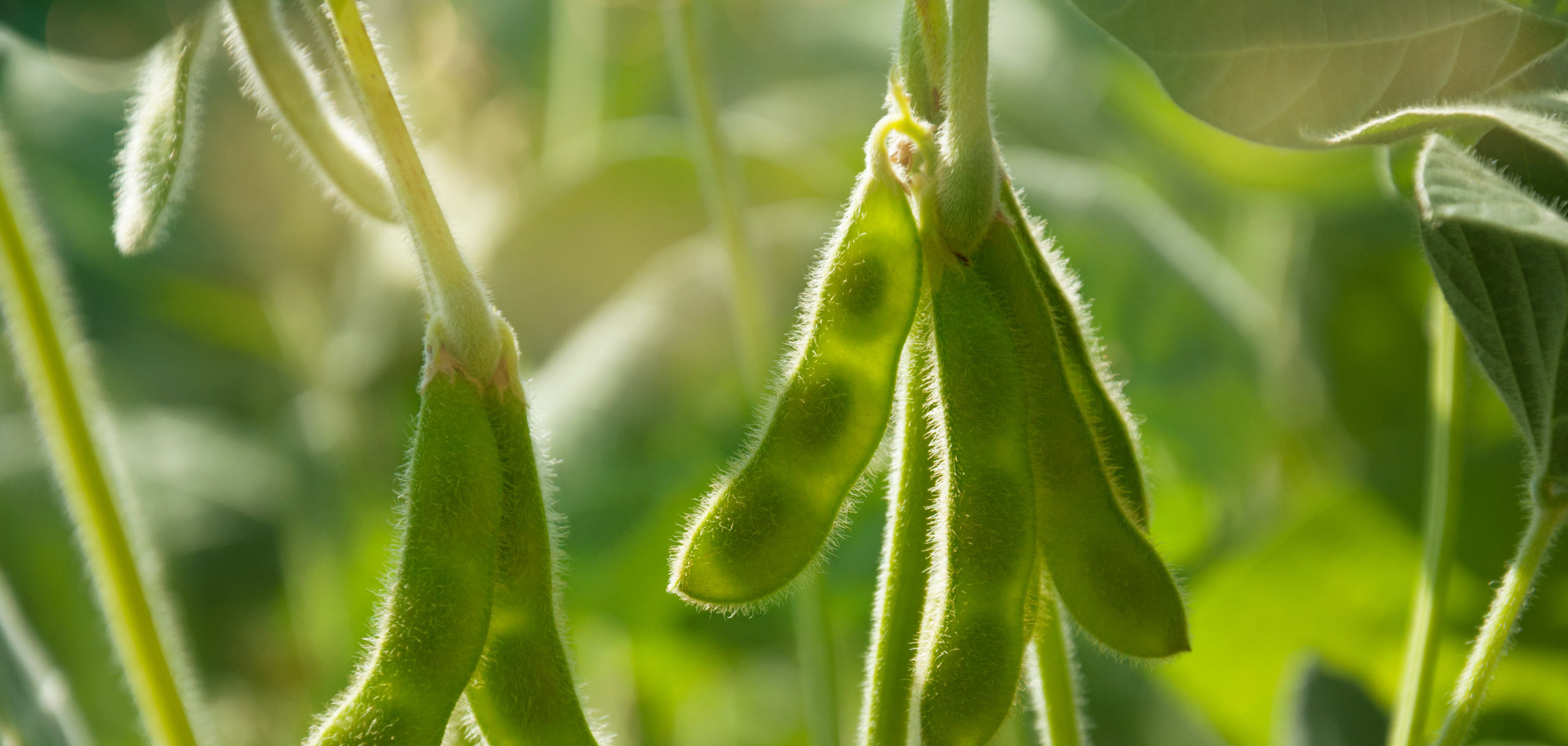
Evaluation of Rabbitfish as a Culture Species in Ocean Cages at Hainan, China
Category: Aquaculture
Region: Northeast Asia
DownloadRabbitfish (Siganus canaliculatus) growth performance and feeding behavior in coastal cages was evaluated using the ASA LVHD cage production model and ASA extruded, marine fish feeds. Rabbitfish collected from the wild in Xincun Bay were stocked in three, 8.0-m3 cages at a density of 250 fish per m3 (2,000 fish per cage) to evaluate their feeding behavior on extruded pellets and/or their grazing behavior on cage bio-fouling. Juvenile rabbitfish were fed to satiation twice daily with a 47% crude protein and 15% crude fat feed (47/15) to fish size 25 g, and twice daily with a 43% crude protein and 12% crude fat feed (43/12) from fish size >25 g. Both feeds were fed in extruded, floating pellet form. Rabbitfish grew from 13 g to 181 g in 89 days of feeding. Average FCR with the combination of 47/15 and 43/12 feeds was 2.05:1. Rabbitfish survival was 41.5%.
Rabbitfish did not feed aggressively on feed. Fish consumed small quantities of feed, but appeared to browse on bio-fouling organisms on the cage nets more than on feed. Rabbitfish were able to moderately control bio-fouling on the inside of the 8-m3 cages. Cleaning of nets was still required on a monthly basis, but the nets were cleaned only to ensure sufficient water exchange. Results of the trial indicate that rabbitfish may have value as a service species in marine cages based on their ability to graze on net bio-fouling organisms. The non-aggressive feeding behavior of rabbitfish on extruded pellets indicates they would not be significant competitors to a primary species in ocean cages.